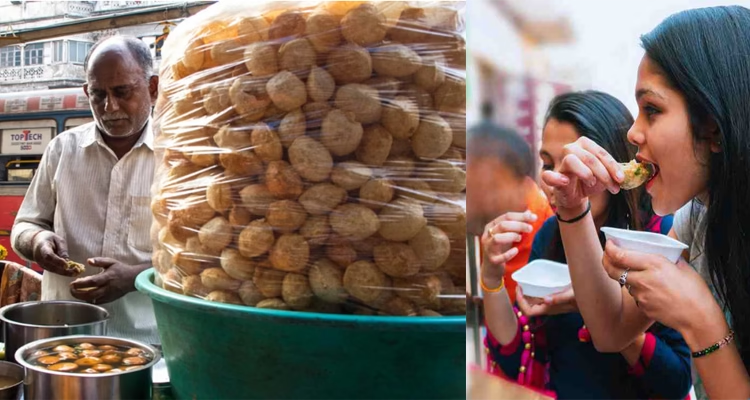
 Pani puri is one of the most loved and iconic street foods of India. Known by different names across regions—gol gappe, gup chup, phuchka, pani ke patashe, or phulkis—this dish is more than just food; it’s a cultural identity in itself.
Pani puri is one of the most loved and iconic street foods of India. Known by different names across regions—gol gappe, gup chup, phuchka, pani ke patashe, or phulkis—this dish is more than just food; it’s a cultural identity in itself.
The specialty of pani puri lies in its crispy hollow puris, stuffed with a spicy potato–chickpea mash, and dipped into tangy flavored water infused with mint, chilies, and tamarind. The burst of flavors—spicy, tangy, and slightly sweet—makes it irresistible and universally popular.
Regional Flavors of Pani Puri
In Mumbai, the popular version is the ragda pani puri, filled with a hot white peas curry, paired with tangy green chutney and sweet tamarind chutney. In North India, gol gappe stalls dominate every street corner, where puris are stuffed with mashed potato, onions, and dipped in spicy mint water. Sweet chutney is usually avoided, while a sprinkle of sev enhances the taste.
What vada pav is to Maharashtra, gol gappe are to North India—an essential part of street food culture.
The Popularity Factor
Across India, pani puri enjoys unmatched popularity, especially among women. It’s common to see groups of women gathered around a street vendor, laughing and enjoying the spicy-sweet treat together. More than just food, it is an emotional comfort and a social bonding ritual.
Pani puri vendors also add to the charm. Their willingness to customize—“Bhaiyya, thoda extra teekha daalna,” “bhaiyya, bina pyaaz dena”—makes the experience more personal and enjoyable. The pani puri wala, with his smile and quick service, often becomes a part of this joyful street culture.
The Flip Side – Hygiene Concerns
However, the biggest drawback of street-side pani puri is hygiene. Many vendors operate without proper setups, often in areas with open drains, and use water of questionable quality. Preparation methods are usually unhygienic, with puris deep-fried in bulk and stored in less-than-ideal conditions. Vendors often serve with bare hands and reuse the same cloth to wipe surfaces.
These practices raise serious concerns, as contaminated water or unhygienic handling can pose health risks. Nutrition-wise too, pani puri is not exactly healthy, given that puris are deep-fried and the stuffing is heavy in starch.
Despite the risks, pani puri remains irresistible. The solution lies in where you eat it. Homemade pani puris or those served at clean, hygienic outlets are safe and enjoyable. In moderation, pani puri does not cause harm and continues to delight millions with its flavor.
At its heart, pani puri is more than a snack—it’s a shared cultural joy, a quick fix for hunger, an appetizer before meals, and above all, a food that brings people together with a smile.
(Written by Vinod Chandrashekhar Dixit)



